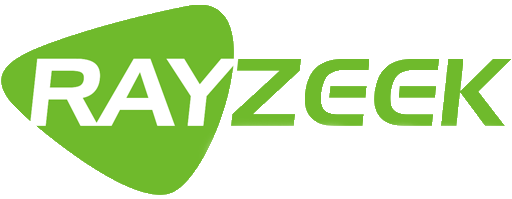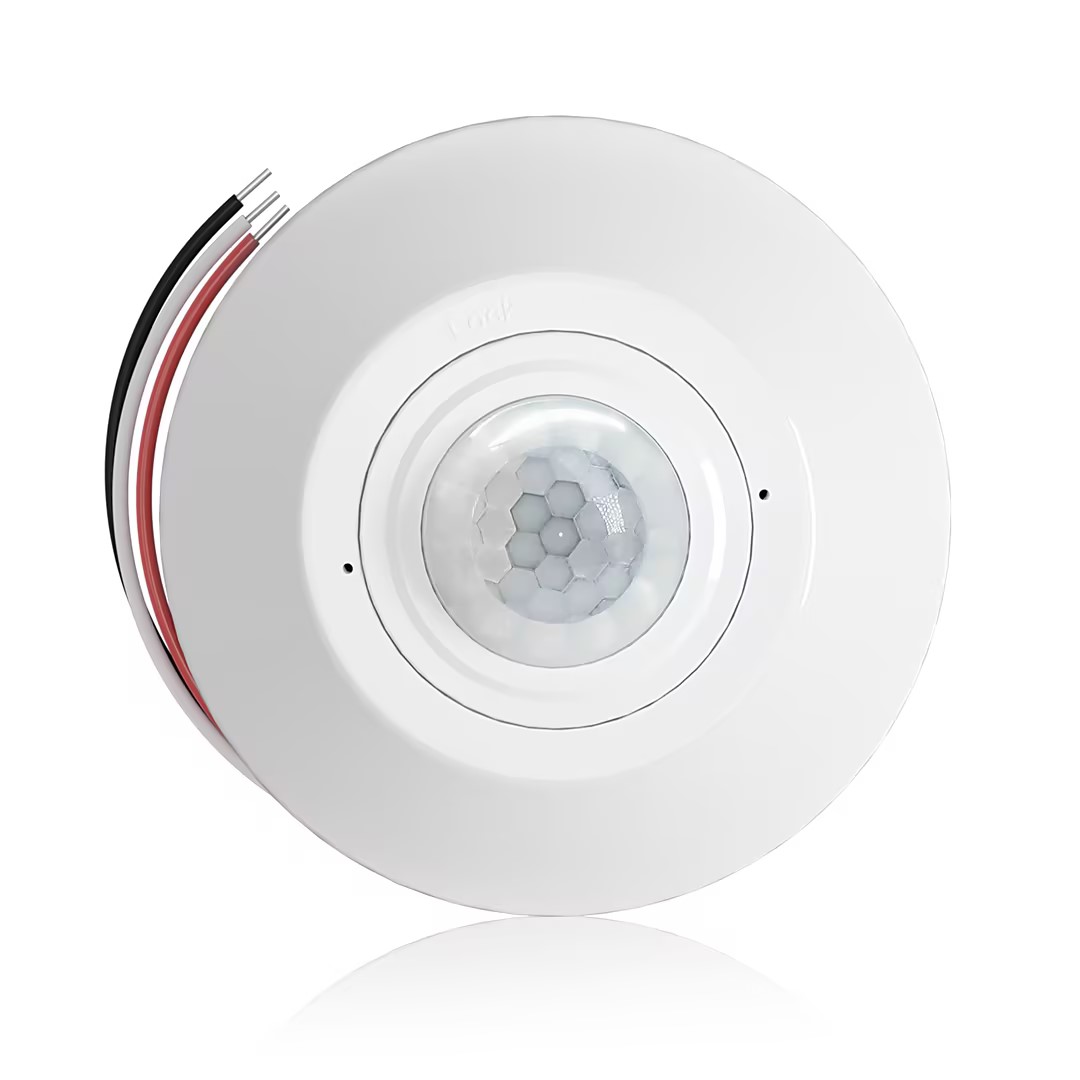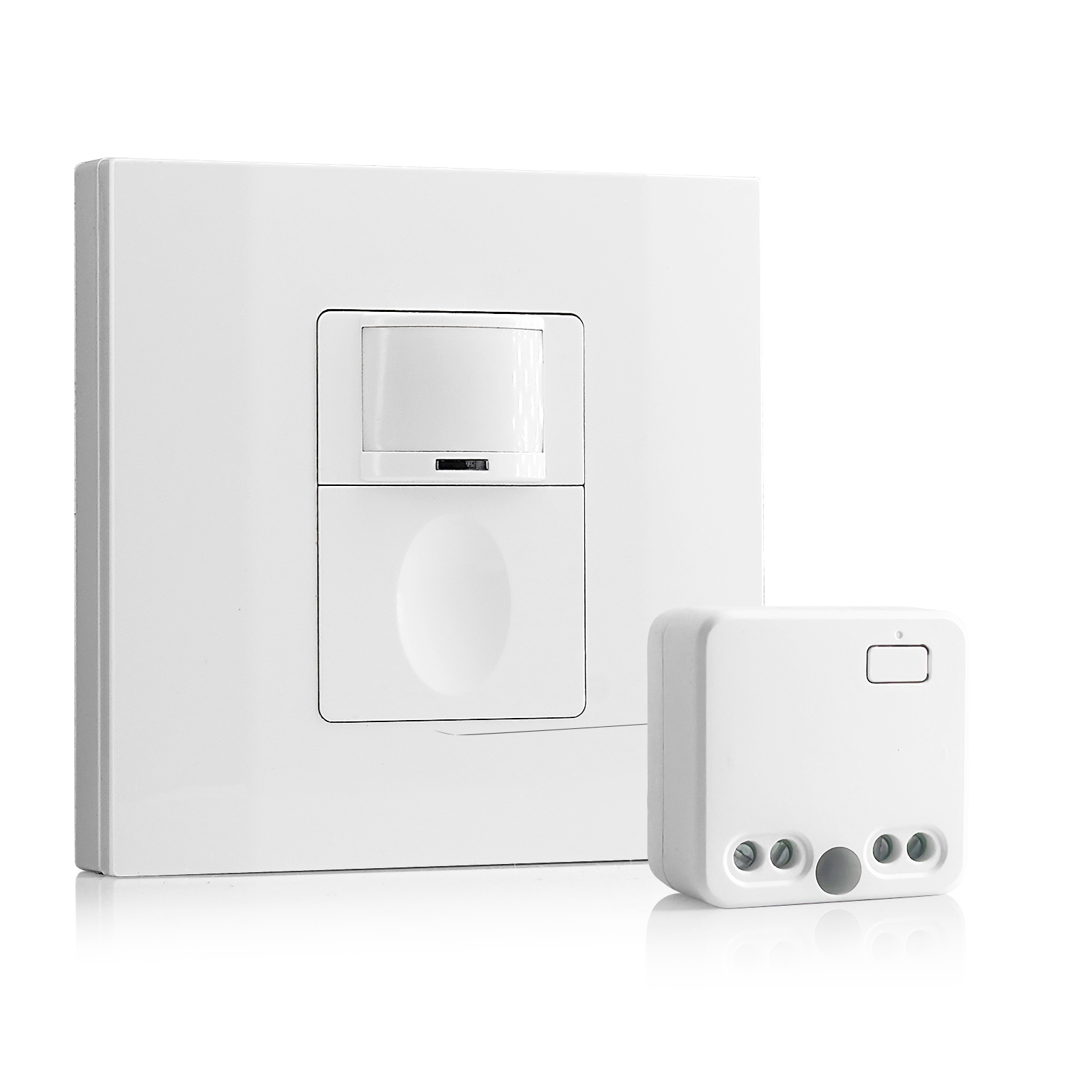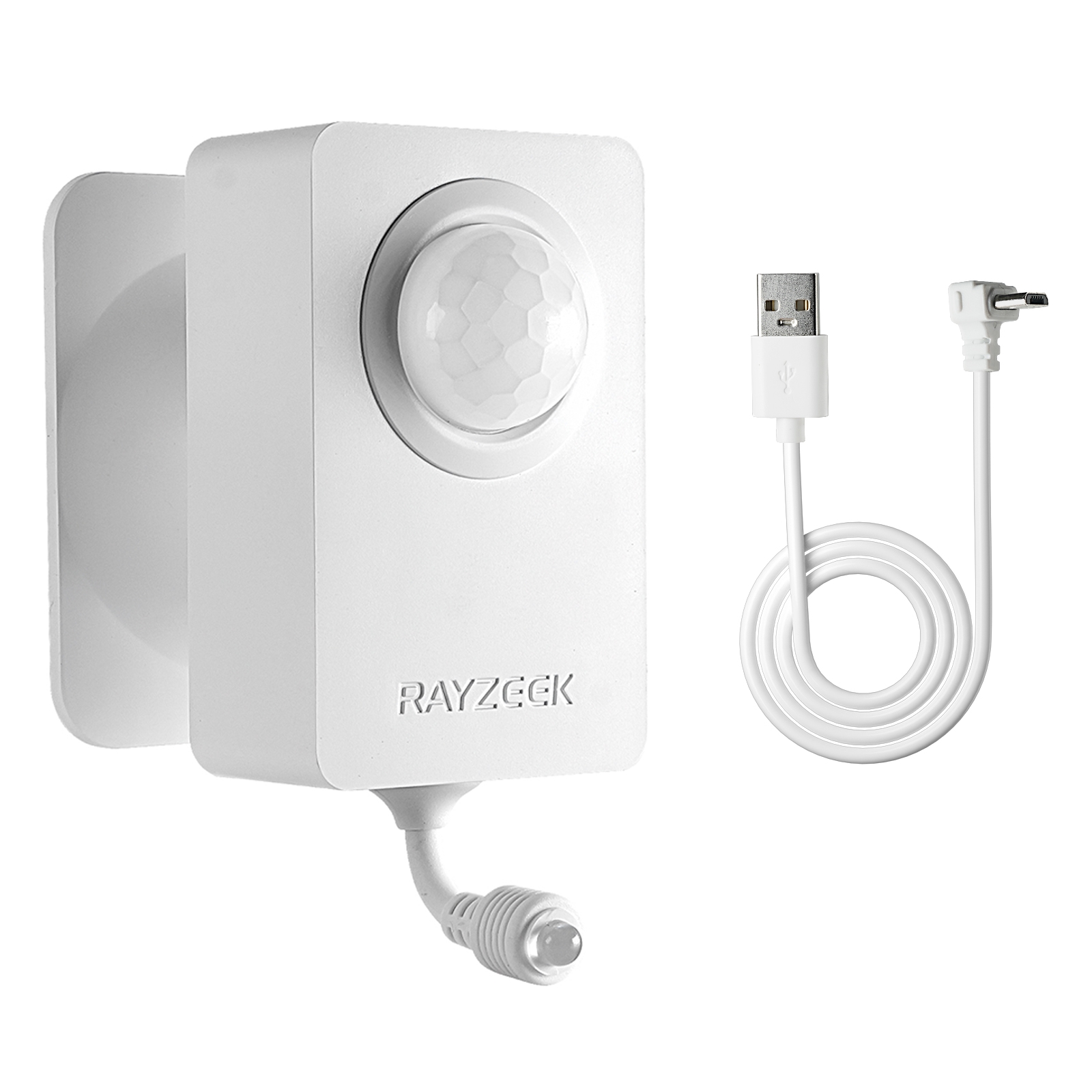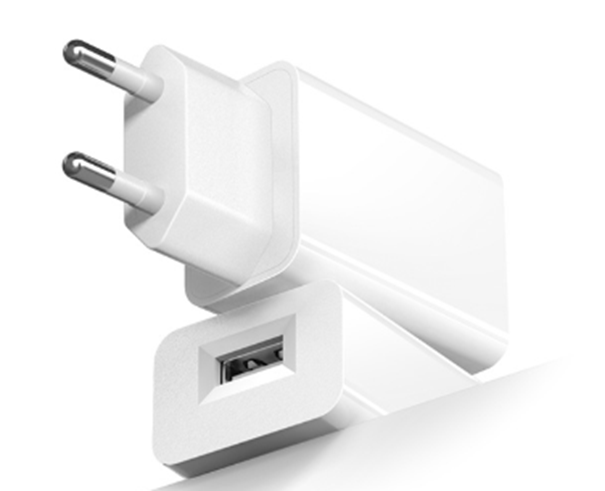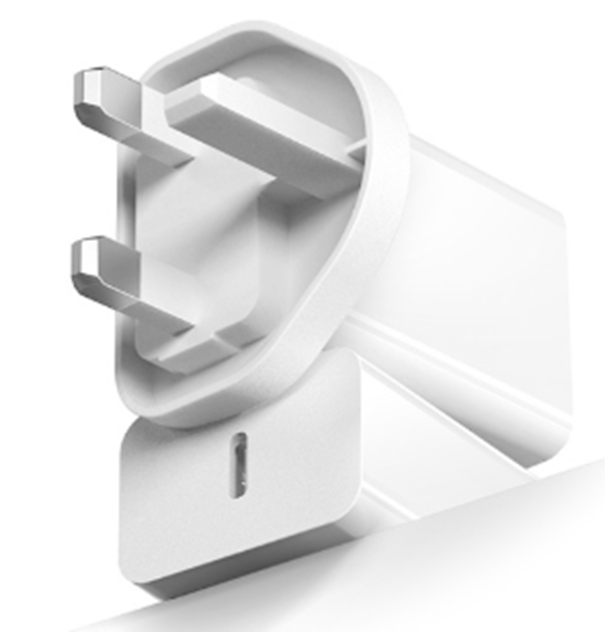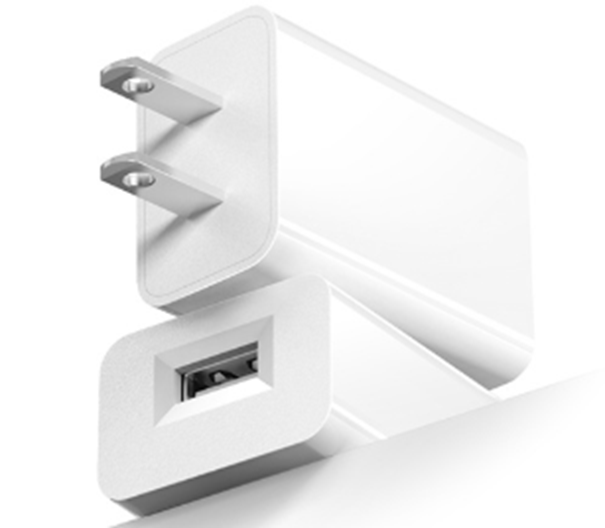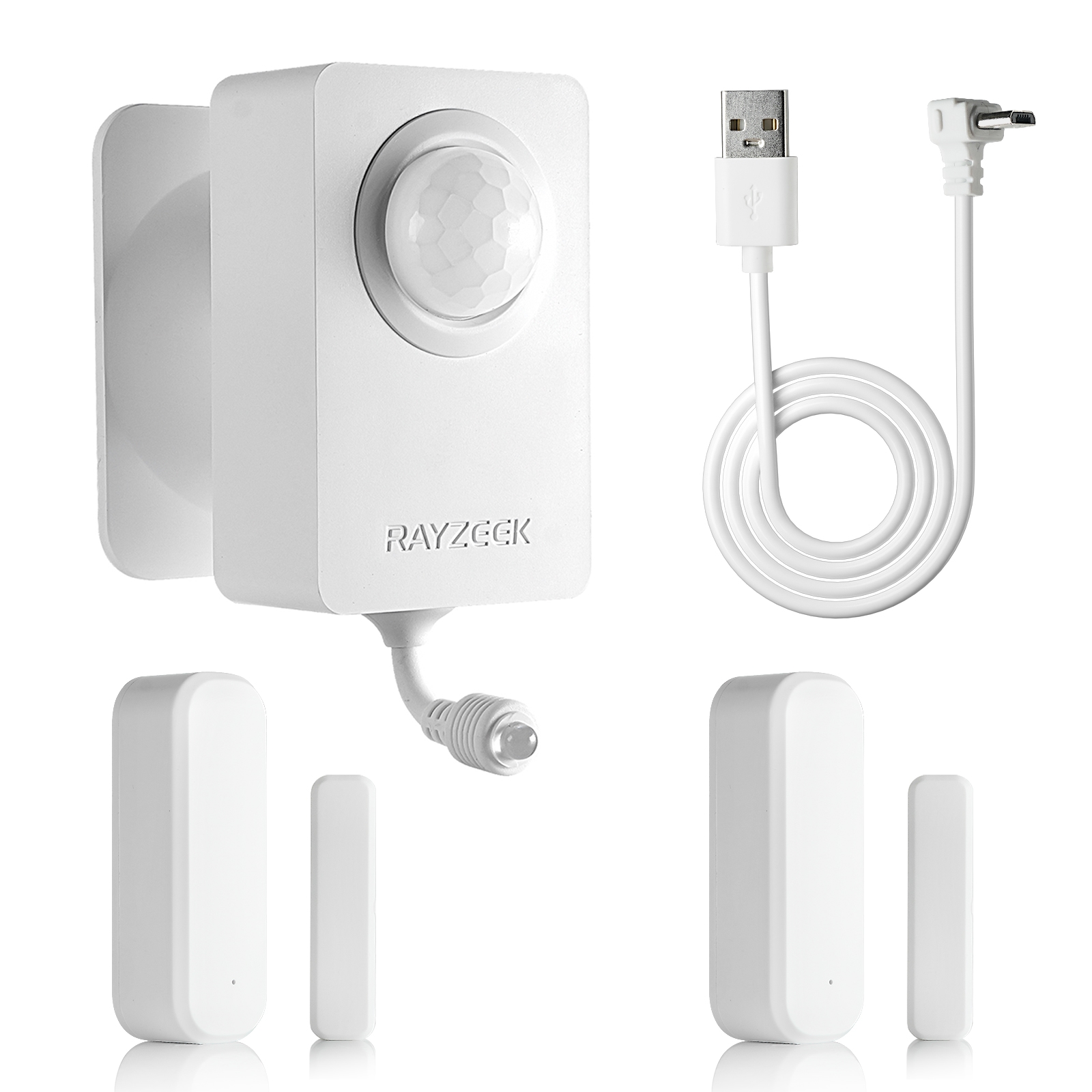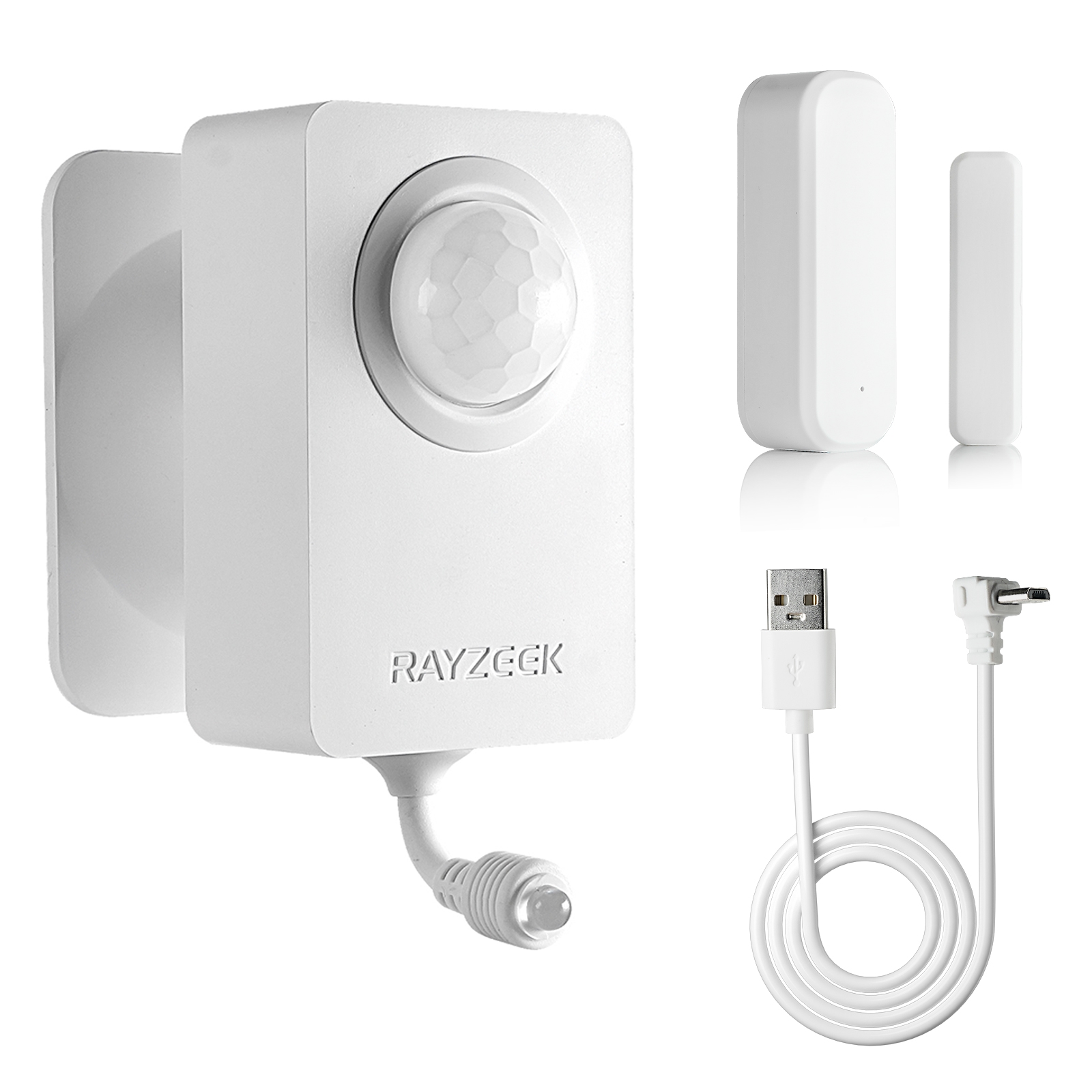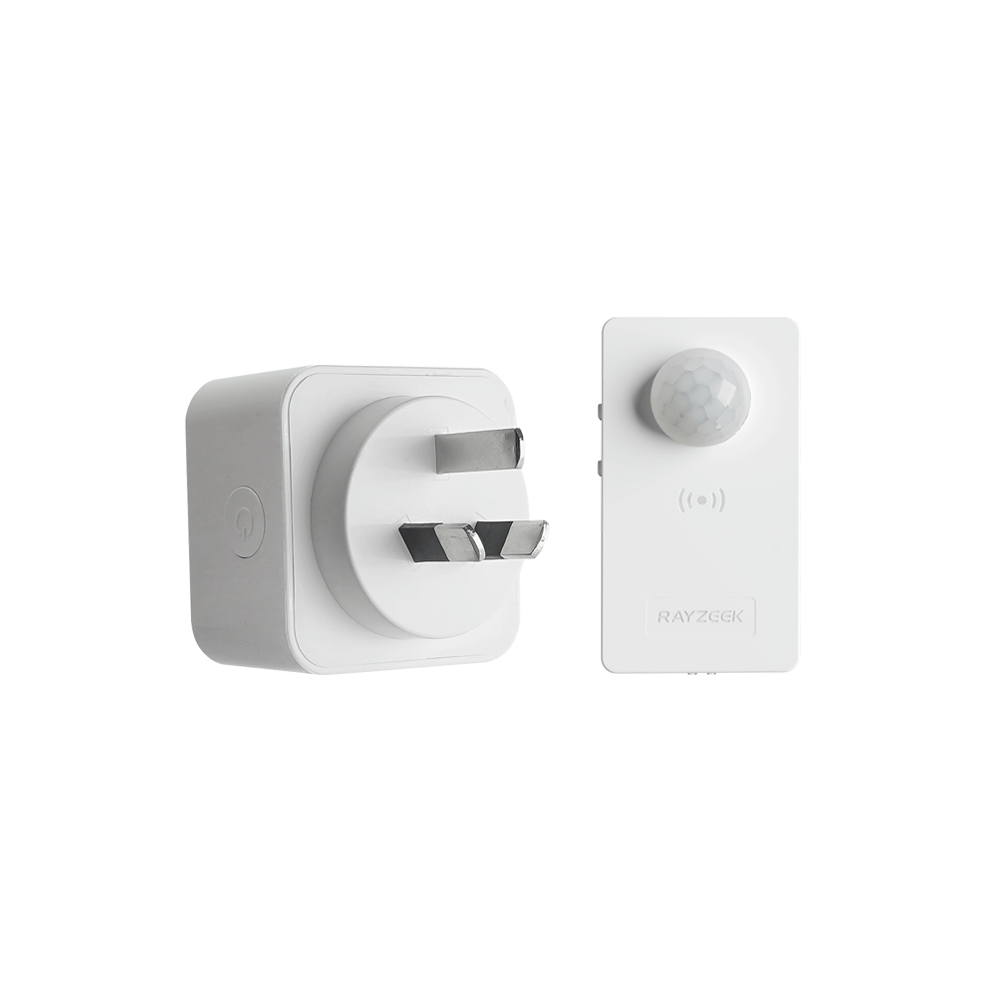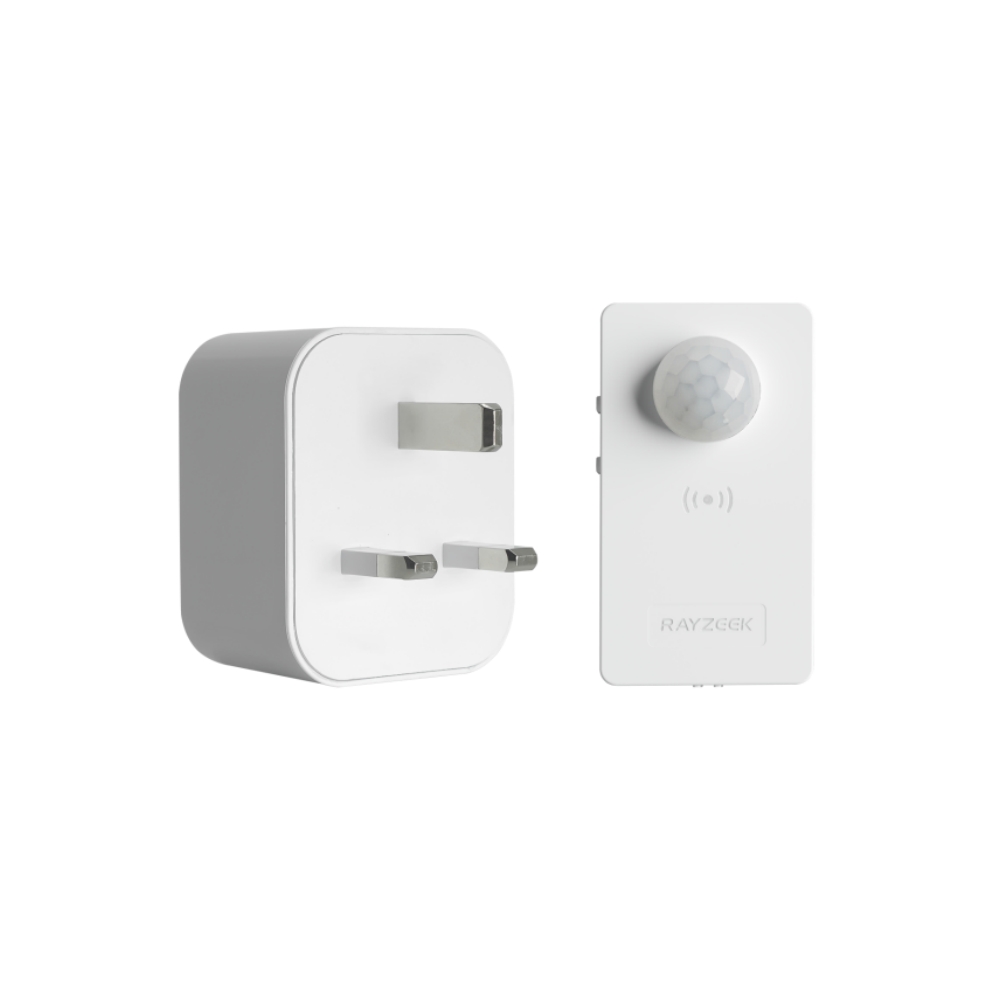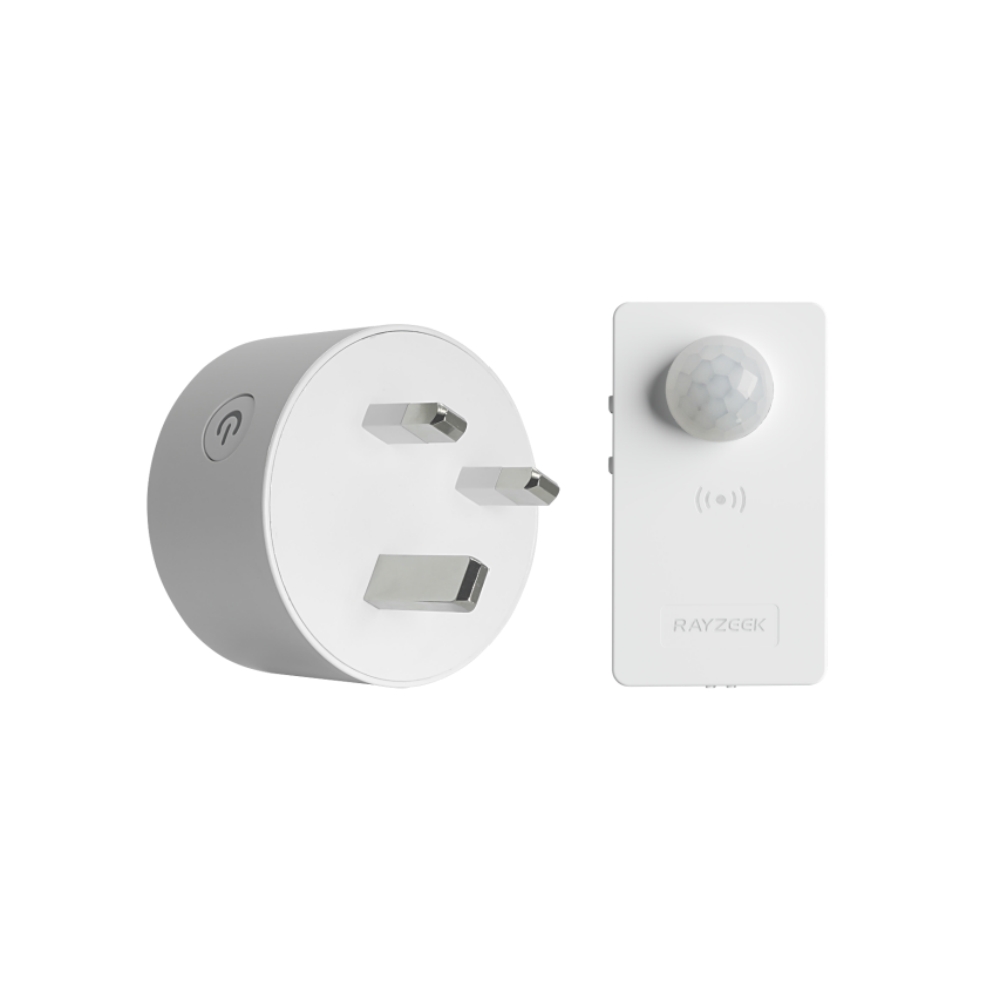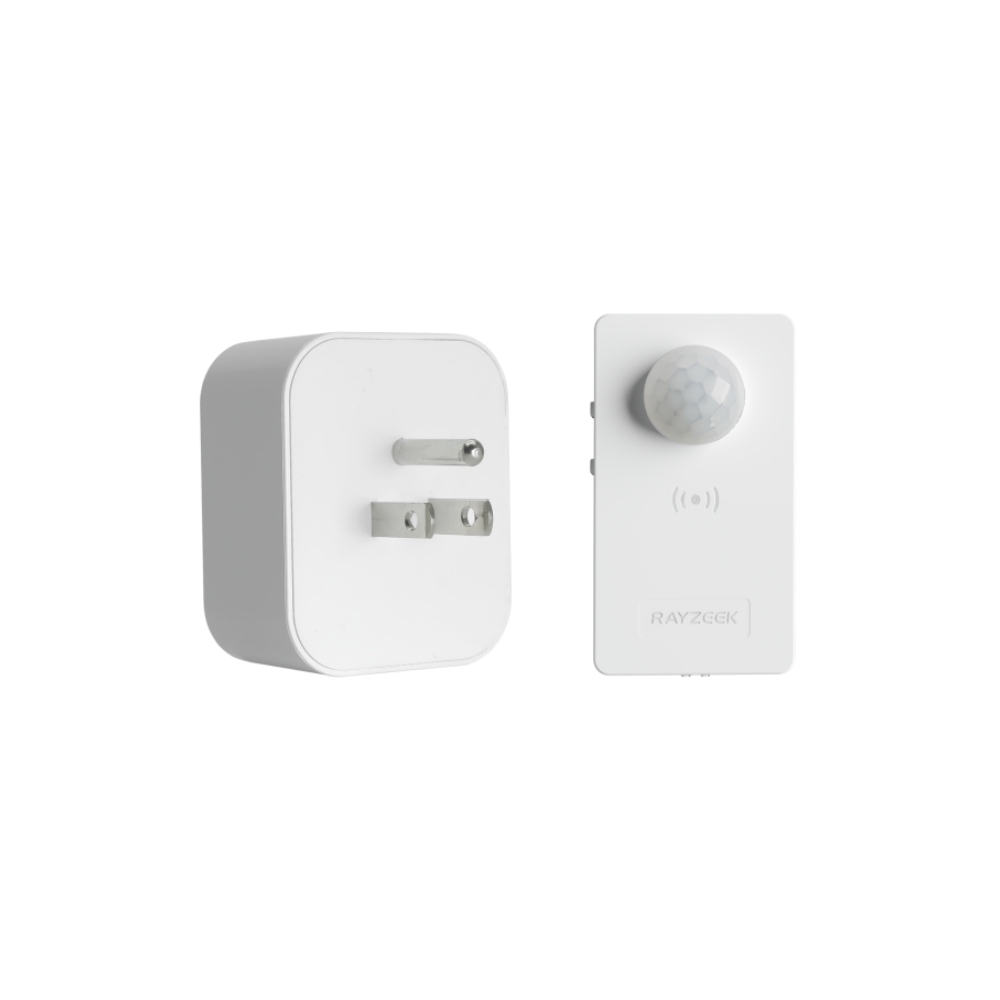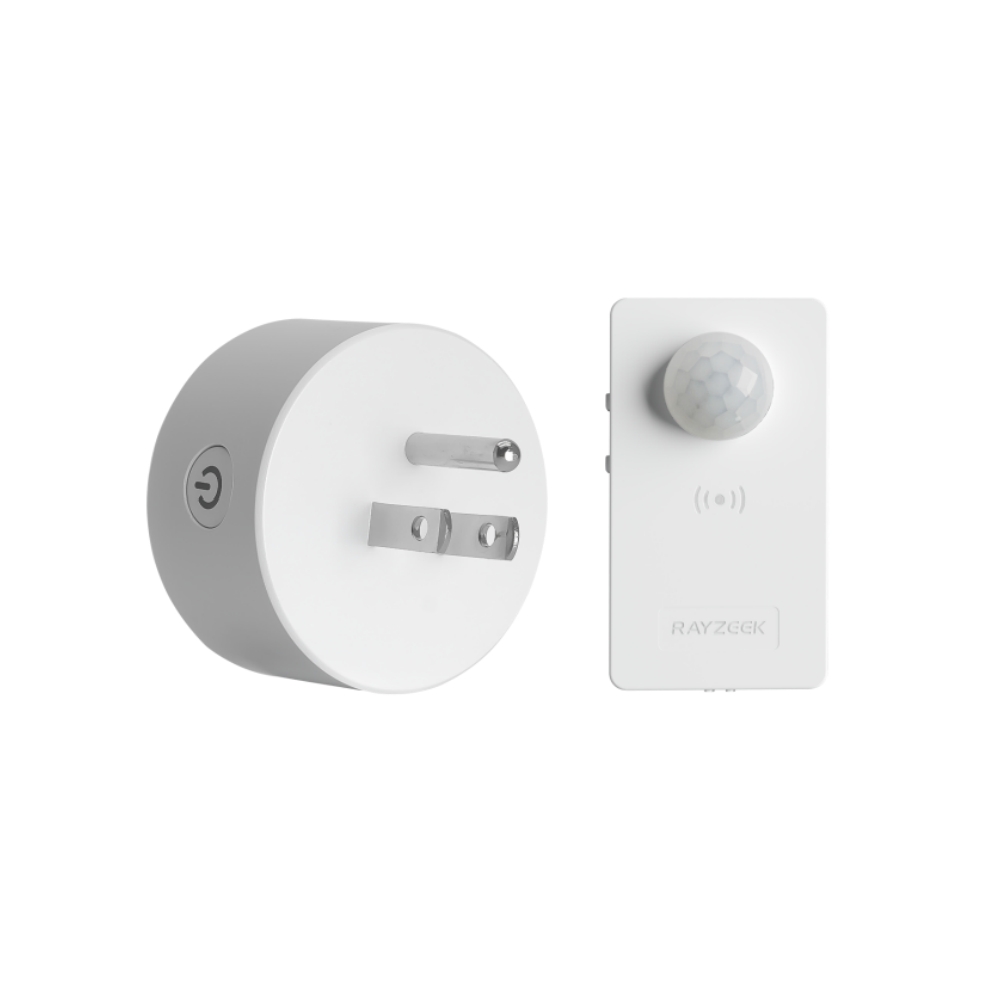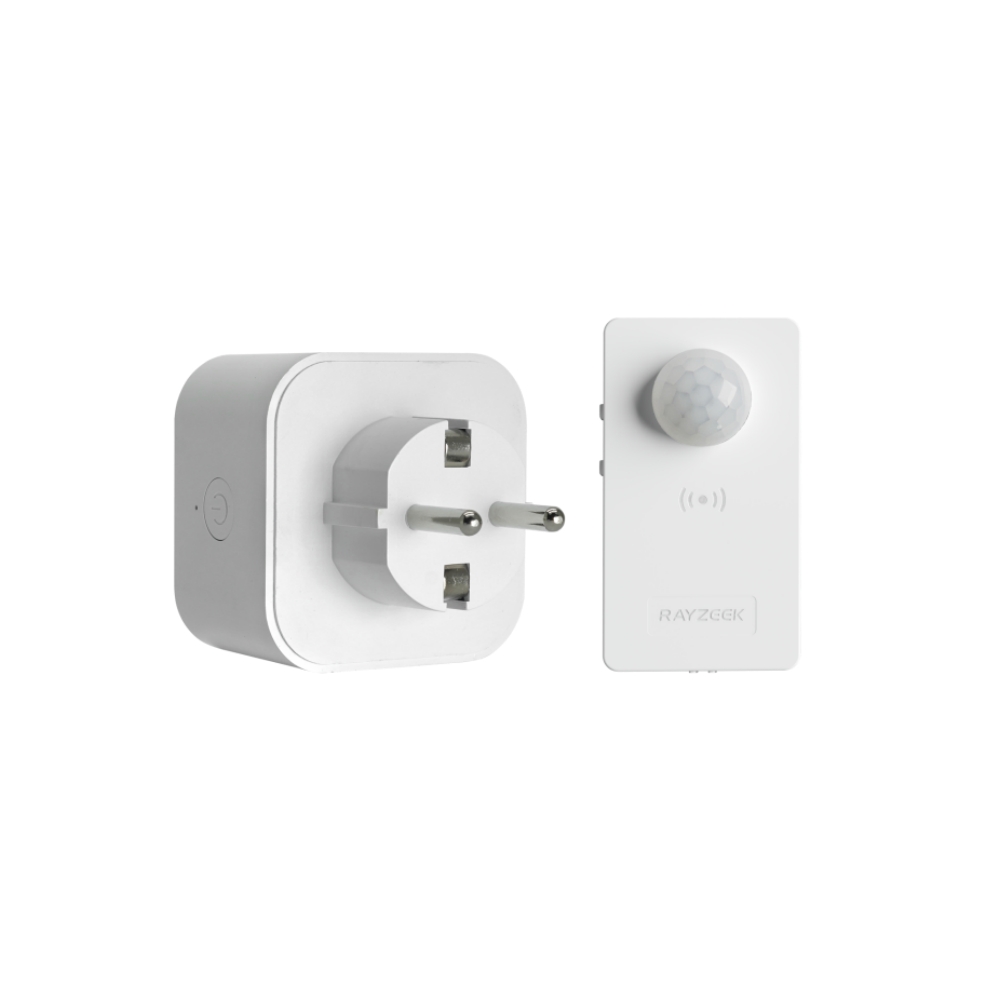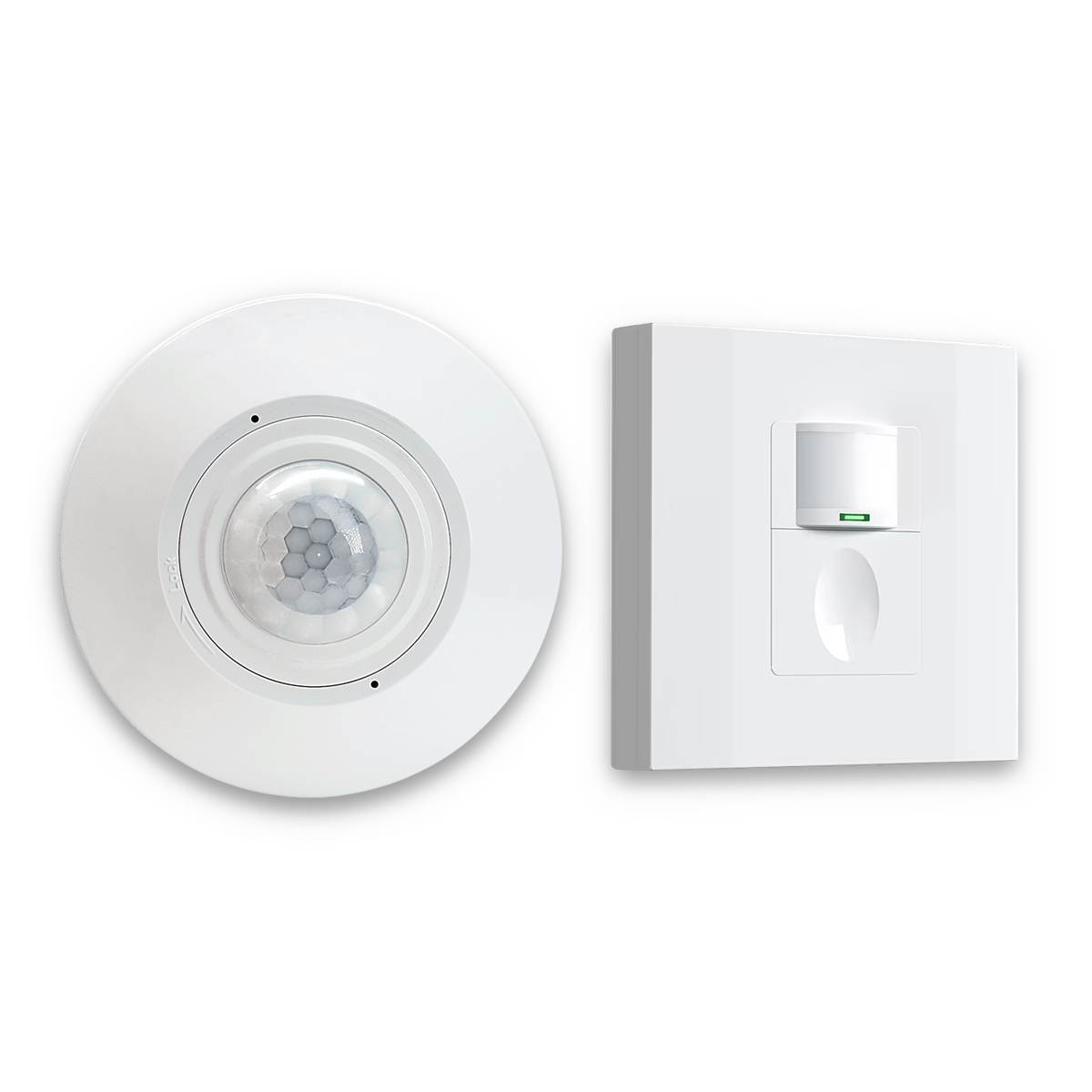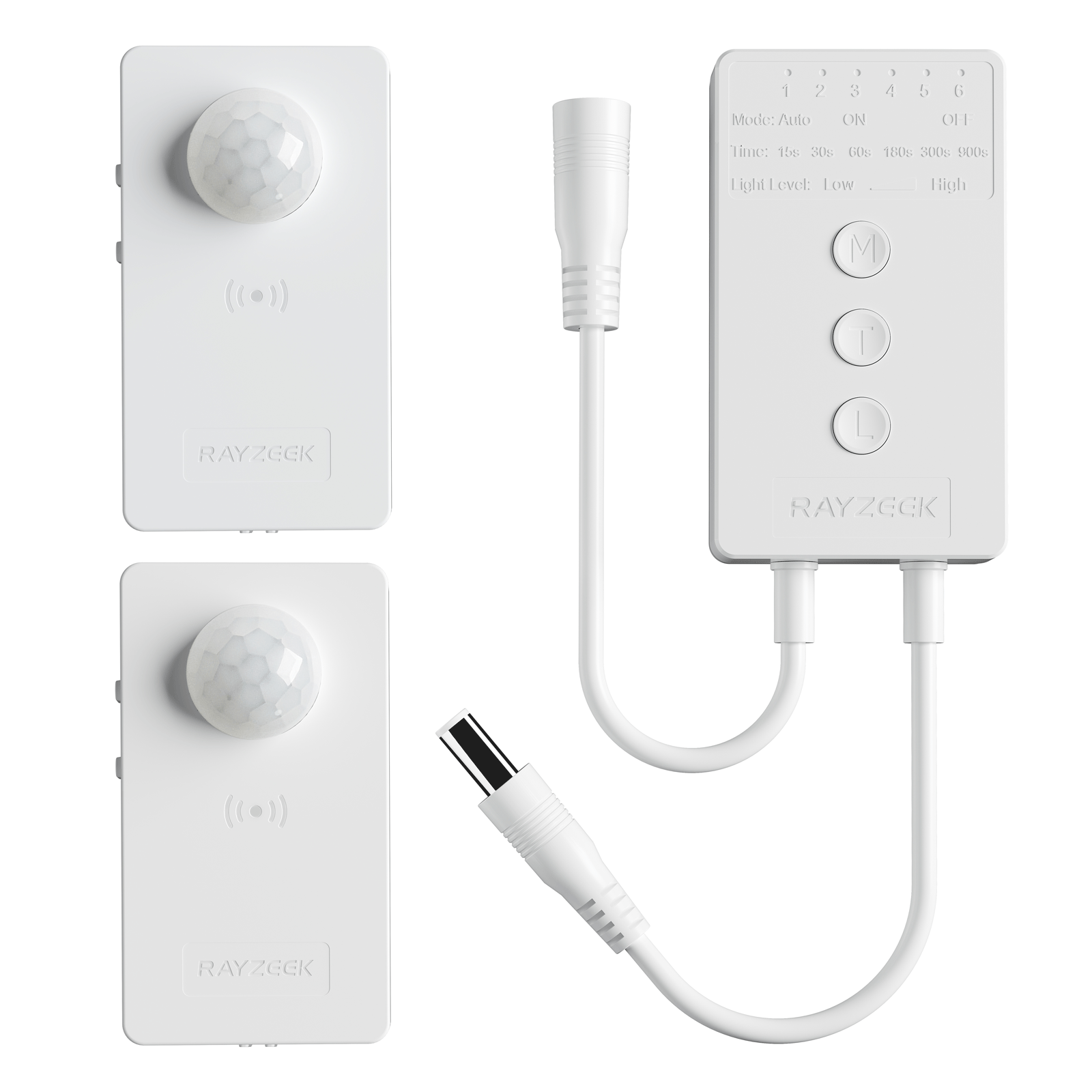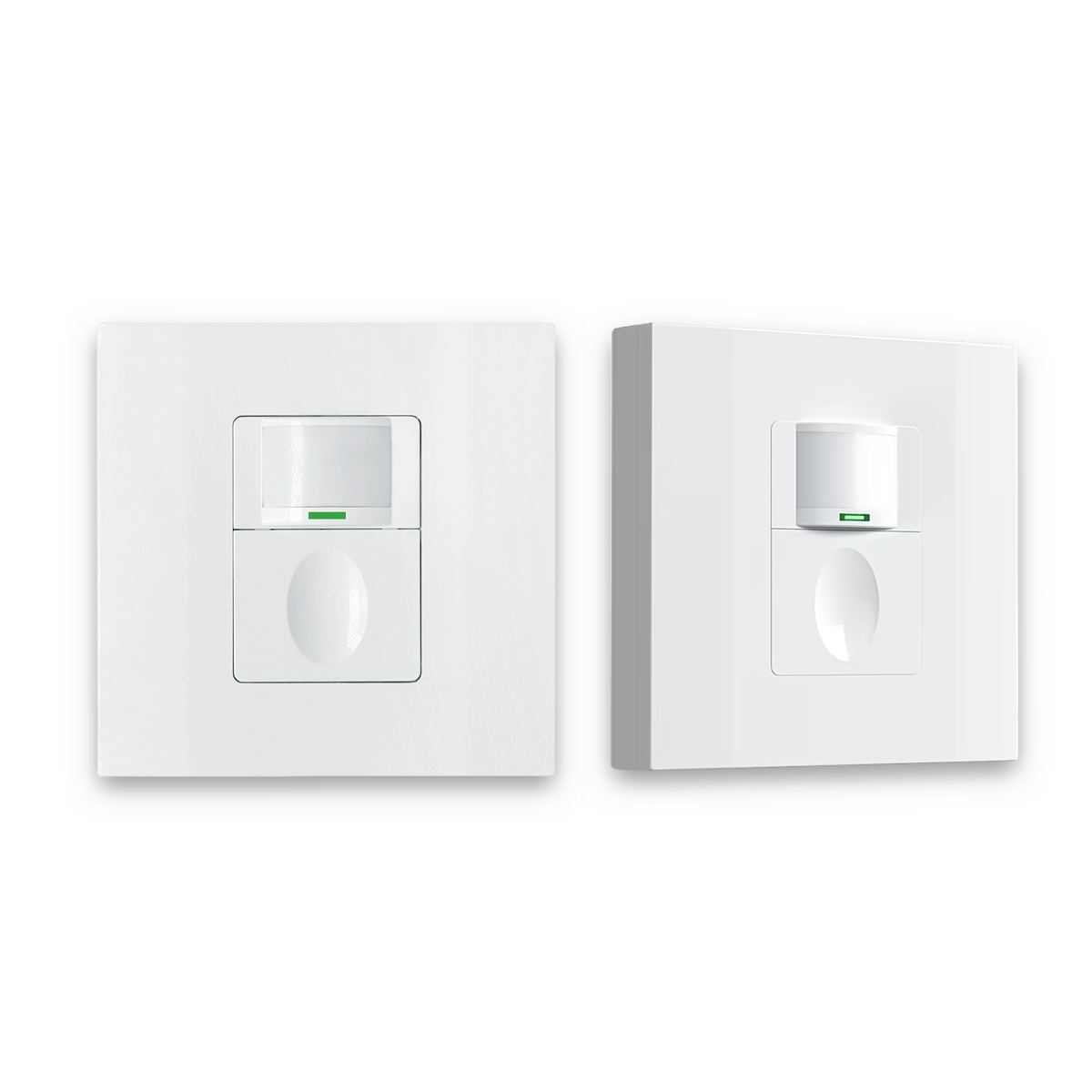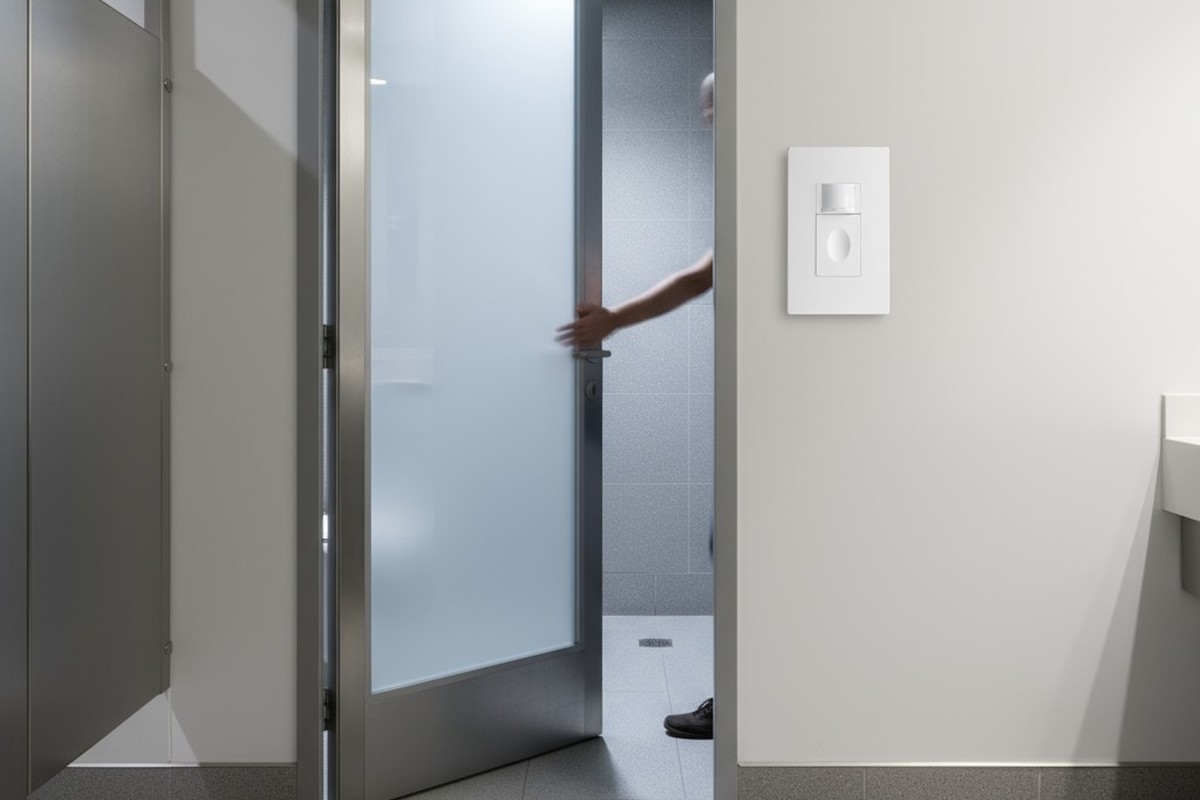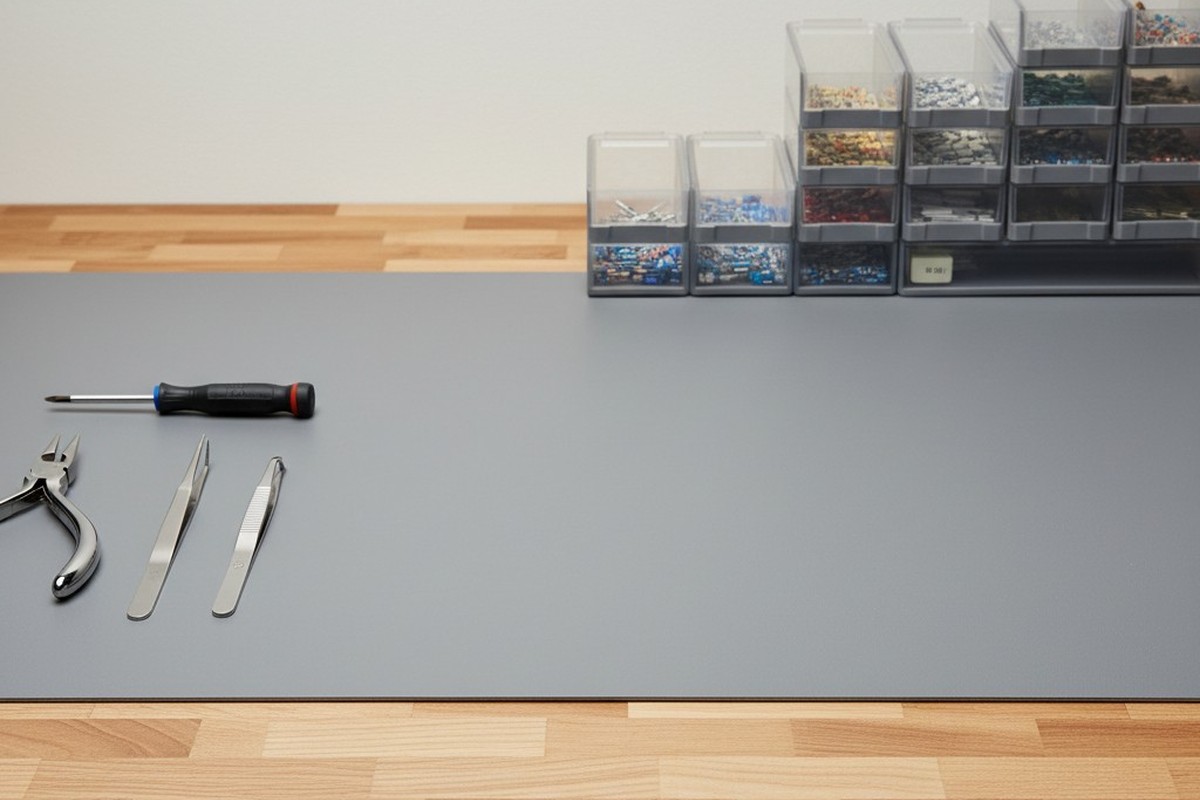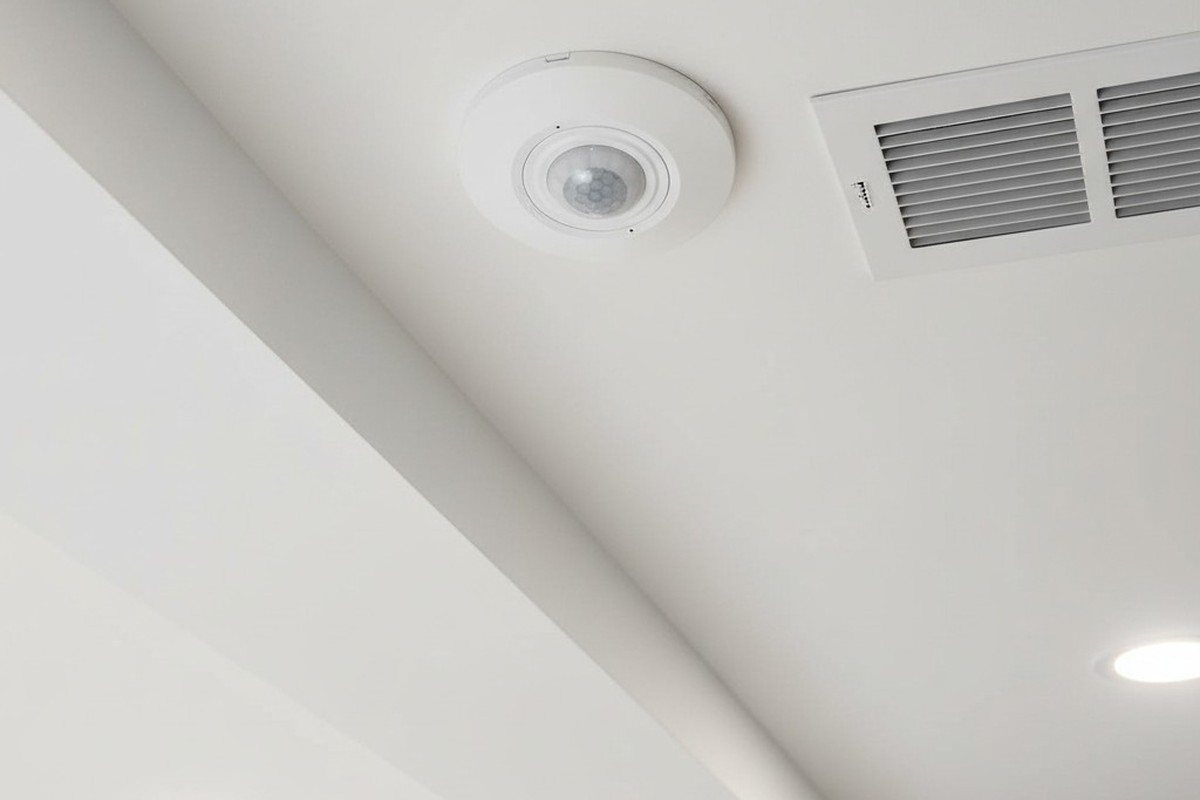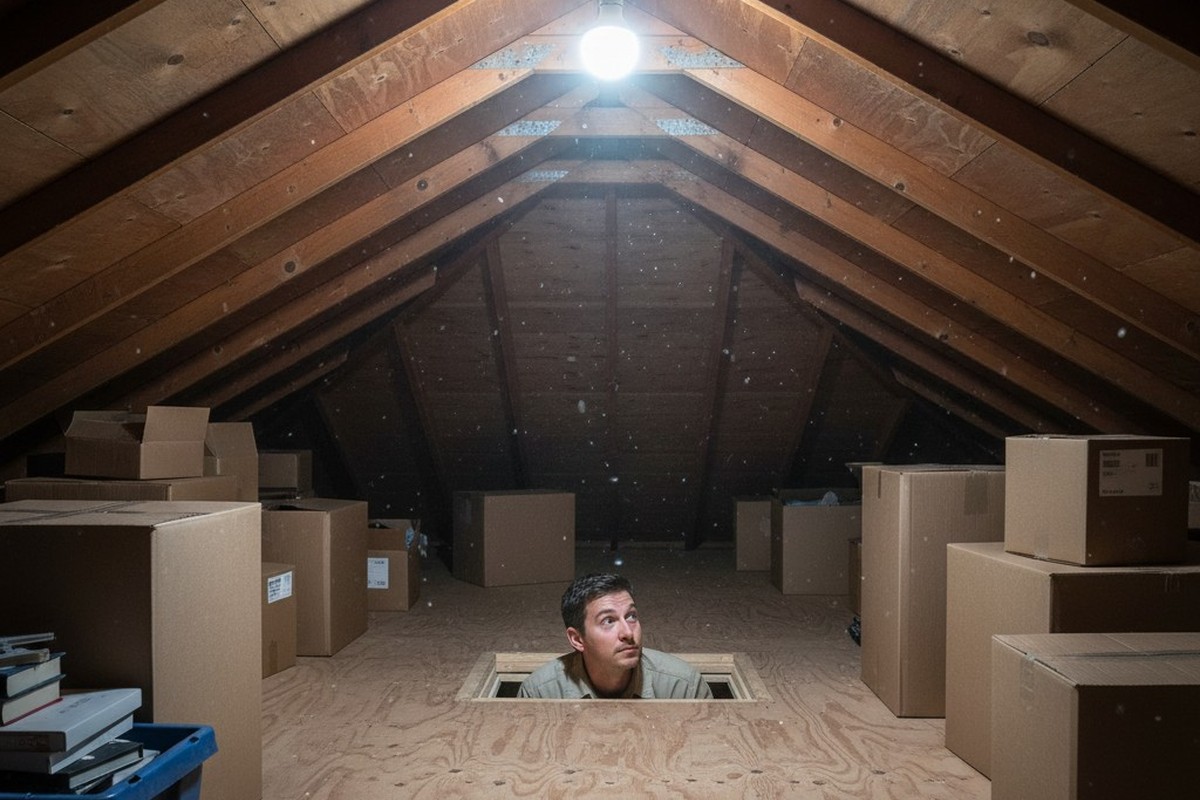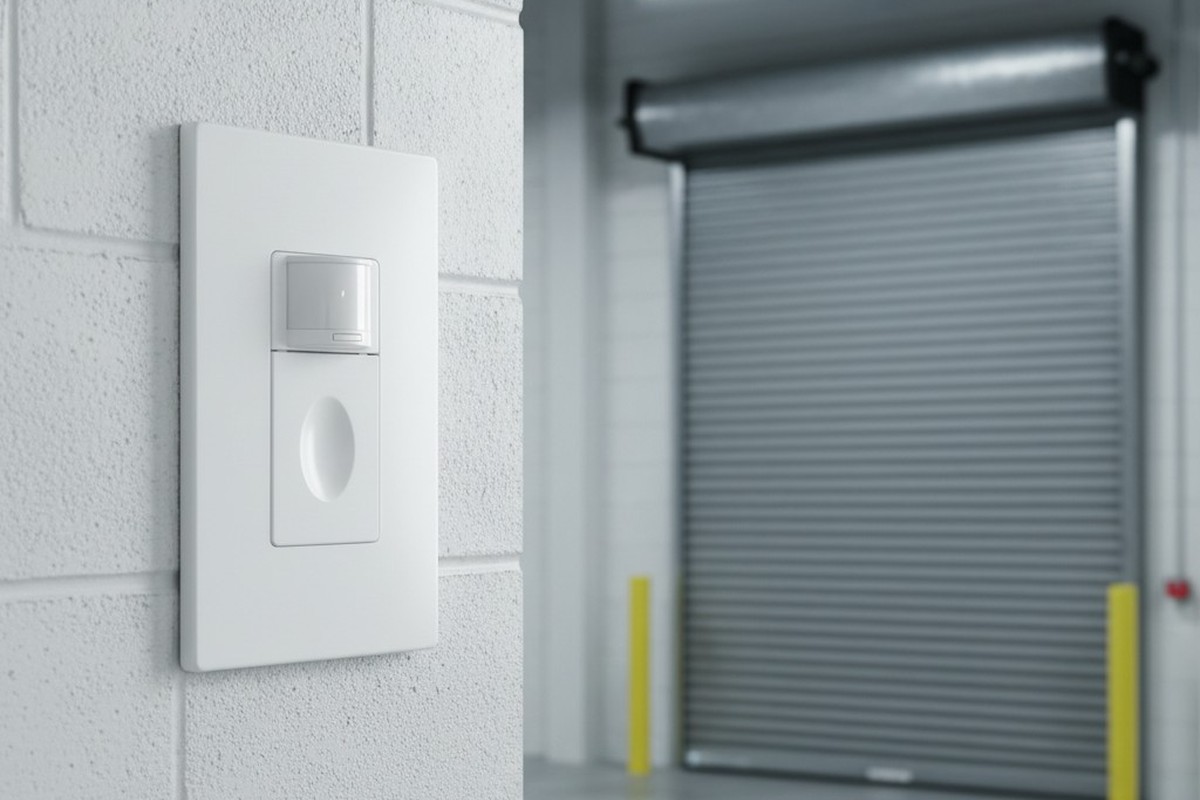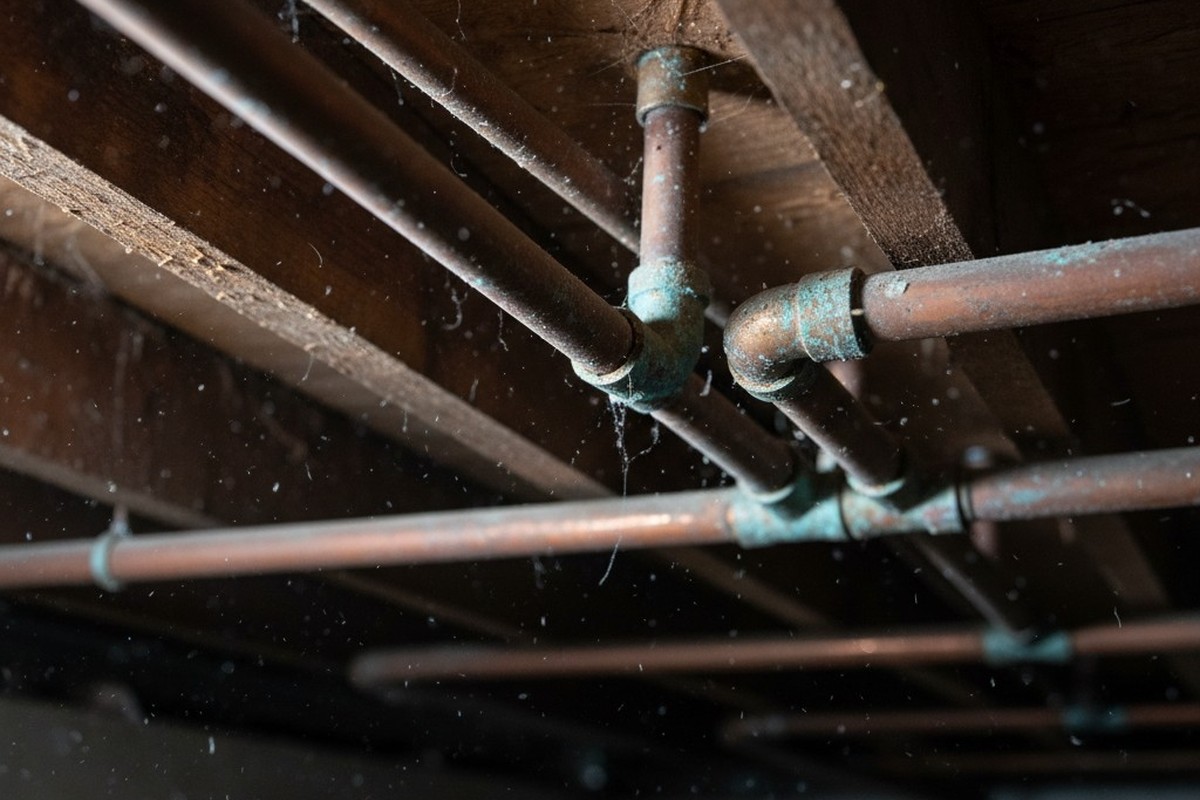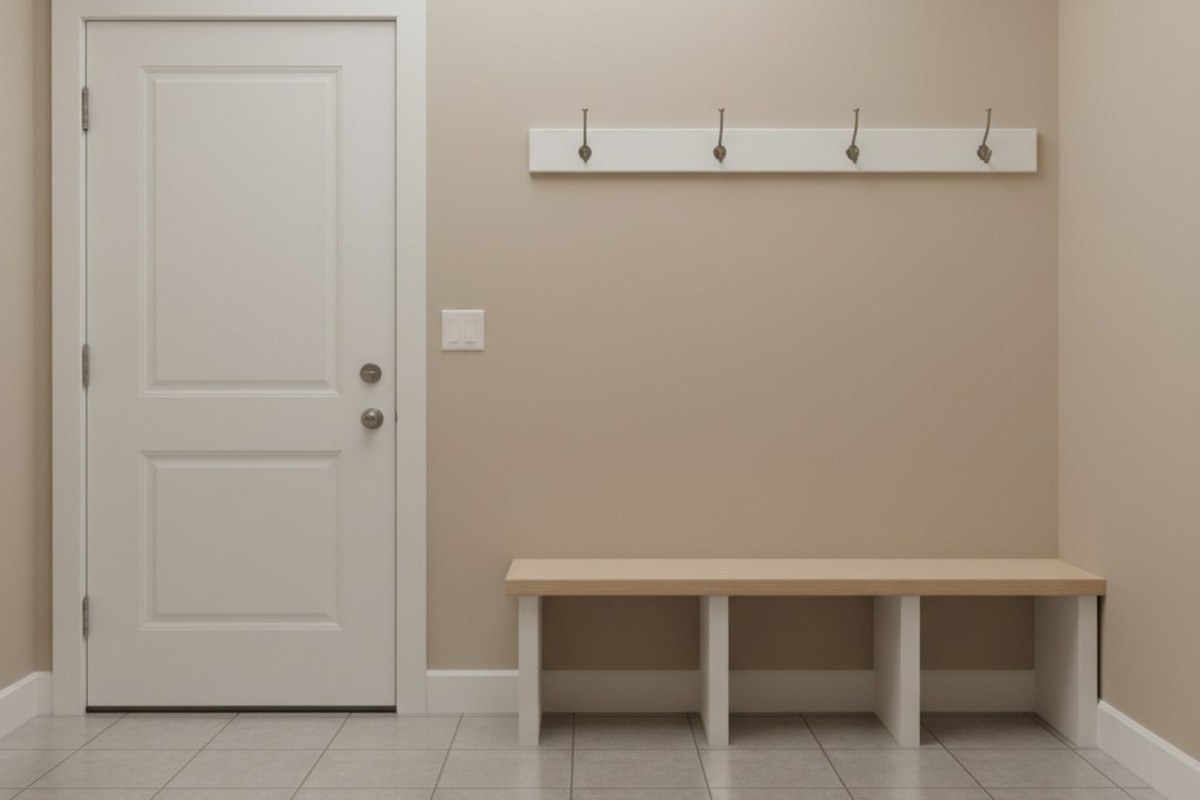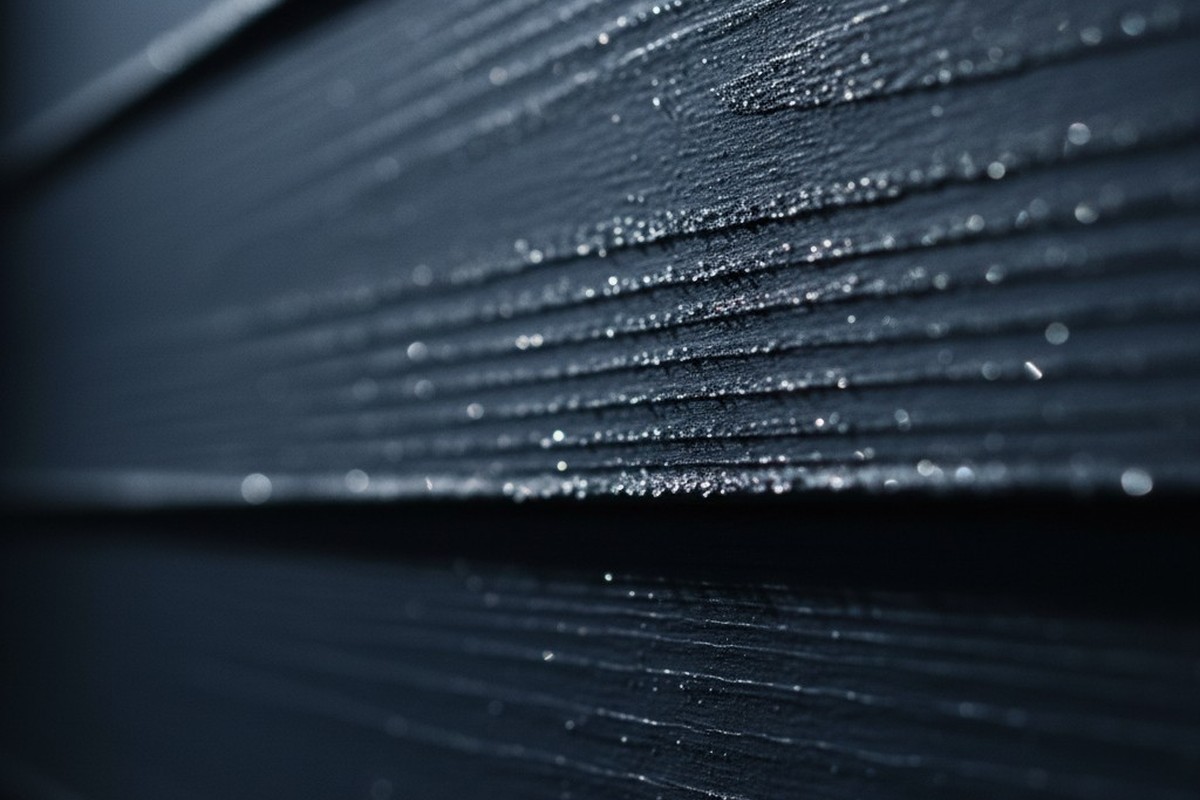For any property management company, profitability lives in the margins. It’s found not in the grand gestures, but in the minutes shaved off every turnover, an efficiency that compounds silently across a portfolio. Yet, a significant drain on this efficiency persists in plain sight: the final, manual walkthrough. It’s the last ten minutes of every cleaning job, a methodical march through bedrooms, bathrooms, and closets to hunt for a forgotten light or a humming fan.
This ritual, while seemingly necessary, represents a fundamental inefficiency. It’s a task that assumes a property is unintelligent, a passive space that must be manually reset. An automated utility shutoff system challenges this assumption. It imbues the property with just enough awareness to know when it’s empty and the quiet intelligence to power itself down. The result is a process where the cleaner’s last action is simply walking out the door, saving those crucial minutes on every single job and transforming the entire turnover process from a manual checklist into a seamless, automated event.
From Manual Chore to Passive Intelligence
The shift is more profound than it first appears. Imagine your cleaning crew finishing their work. Instead of beginning a final patrol, they simply gather their supplies and leave. The property itself takes over. A network of discreet vacancy sensors, having tracked their movement throughout the cleaning, now registers a profound stillness. After a brief, predetermined grace period—perhaps twenty minutes, just to be certain the departure is final—the system acts. It sends a quiet, wireless signal, and in an instant, the lights go dark, the exhaust fans fall silent, and the HVAC system settles into an economical, unoccupied state.
This is where the operational gains are truly unlocked. Those five or ten minutes saved per cleaning are not trivial. For a small portfolio with a few hundred turnovers a year, this simple automation can reclaim dozens of hours of paid labor annually. What was once a minor, accepted inefficiency becomes a significant source of savings. The technology enabling this is far simpler and more reliable than many managers assume. It isn’t about complex smart home ecosystems; it’s about robust, single-purpose tools. While the crew is present, the sensors keep the necessary utilities active. Once they depart, the system executes its one command: return the unit to its most economical state.
Looking For Motion-Activated Energy-Saving Solutions?
Contact us for complete PIR motion sensors, motion-activated energy-saving products, motion sensor switches, and Occupancy/Vacancy commercial solutions.
A more sophisticated layer to this involves data. Many of these systems can log motion events, providing a clear, timestamped record of when a unit was entered and when it was vacated. For a manager verifying invoices or ensuring service agreements are met, this automated log offers an indisputable, non-intrusive source of truth.
The Right Kind of Awareness
The choice of sensor is critical to this reliability. The environment of a rental unit, with its potential for unpredictable movement, demands a specific kind of detection. This is why a Passive Infrared (PIR) sensor is almost always superior to an ultrasonic one for this task. A PIR sensor works by detecting the heat signature of a person moving through its field of view, functioning like a series of invisible tripwires. It is exceptionally good at one thing: knowing when a person is present.
An ultrasonic sensor, by contrast, bounces sound waves off objects to detect any movement. In the variable context of a residence, this can be its downfall. A curtain fluttering in a draft from an air vent, vibrations from a neighboring apartment, or even the hum of a refrigerator can trigger a false positive, turning lights on in an empty room and defeating the entire purpose of the system. For the specific goal of confirming human vacancy, the focused heat-detection of PIR technology provides a far more dependable foundation.
Targeting the True Sources of Waste
While nearly any utility can be automated, the most significant returns come from focusing on the three areas where waste is most common and most costly. Lighting is the most obvious. A single forgotten closet light can burn for days or even weeks between occupancies, a slow but steady drain on your utility budget that also shortens the life of the bulb. Exhaust fans in bathrooms and kitchens are another notorious culprit, often left running long after a cleaning, creating not just energy waste but also premature wear on motors that leads to more frequent, and expensive, replacements.
Maybe You Are Interested In
The real financial impact, however, comes from the HVAC. This is where automation moves from a convenience to a powerful financial tool. An empty unit left at a comfortable guest temperature of 70°F during a summer vacancy can cost an additional three to five dollars per day compared to an unoccupied setting of 85°F. By instantly setting the thermostat to an economical temperature the moment a property is vacant, the system prevents this immense waste. In common areas like hallways and lobbies, the effect is just as dramatic; properties that have installed vacancy sensors for lighting in these spaces have seen their associated electricity costs fall by more than 70 percent.
The Real Return on Investment
Calculating the return for a system like this goes beyond a simple formula. It’s a story told in two parts: the hard numbers of saved labor and energy, and the softer, more strategic value of operational excellence.
The direct time savings are straightforward. If your crew’s time is valued at $30 per hour, saving ten minutes on each of 200 annual turnovers adds up to $1,000 in recovered labor costs for that property alone. But what if your cleaners are paid a flat rate? The value proposition doesn’t disappear; it simply changes form. For a cleaner, time is their inventory. Saving ten minutes on your property allows them to get to the next job sooner. Across a week, those saved minutes become hours, potentially creating enough space to fit an entire extra cleaning into their schedule. This directly increases their earning potential, making your properties more attractive to the best, most reliable crews.
The energy savings are often even more substantial, with automated HVAC adjustments alone capable of saving between $50 and $150 per unit each year. To understand the potential for your own portfolio, you can map it out: (Time Saved per Cleaning in Hours × Crew Hourly Rate × Annual Cleanings) + (Estimated Annual Energy Savings) = Total Annual Savings. When you compare this figure to the one-time hardware cost, you often find a payback period of less than 18 months.
Practical Considerations for a Seamless Rollout
Adopting any new system naturally raises questions about reliability and implementation. A common concern is the risk of failure, of a system glitch leaving a unit in the wrong state for an incoming guest. This is why professional-grade hardware is essential, but it’s also why the best systems are designed as an overlay, not a replacement. The physical light switches and the thermostat on the wall still work. If the automation were to fail, the property simply reverts to being a “dumb” home, operable by anyone. There is no single point of failure that can make a unit unrentable.
Get Inspired by Rayzeek Motion Sensor Portfolios.
Doesn't find what you want? Don't worry. There are always alternate ways to solve your problems. Maybe one of our portfolios can help.
Another consideration is the learning curve for your staff. The most effective automation, however, is the kind your crew doesn’t even need to know is there. The goal should always be 100% passive operation. No apps, no remotes, no new instructions. The crew’s process remains unchanged: they clean, they gather their things, and they leave. The system does the rest.
Finally, there is the practical challenge of older buildings, where outdated wiring and the absence of a neutral wire can seem like a roadblock to installing smart switches. This is a common issue with known solutions. Several manufacturers now produce smart switches designed specifically for these “no-neutral-required” scenarios. Alternatively, you can bypass the switch wiring altogether, using battery-powered wireless sensors that communicate directly with smart bulbs or plug-in modules. Full automation is achievable without a costly rewiring of the building.
